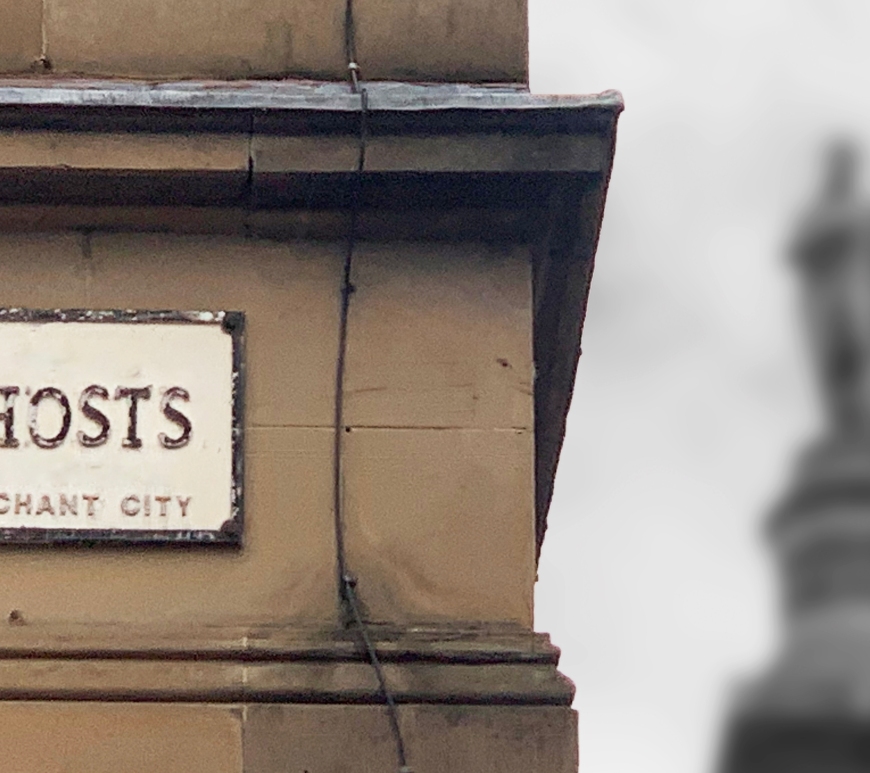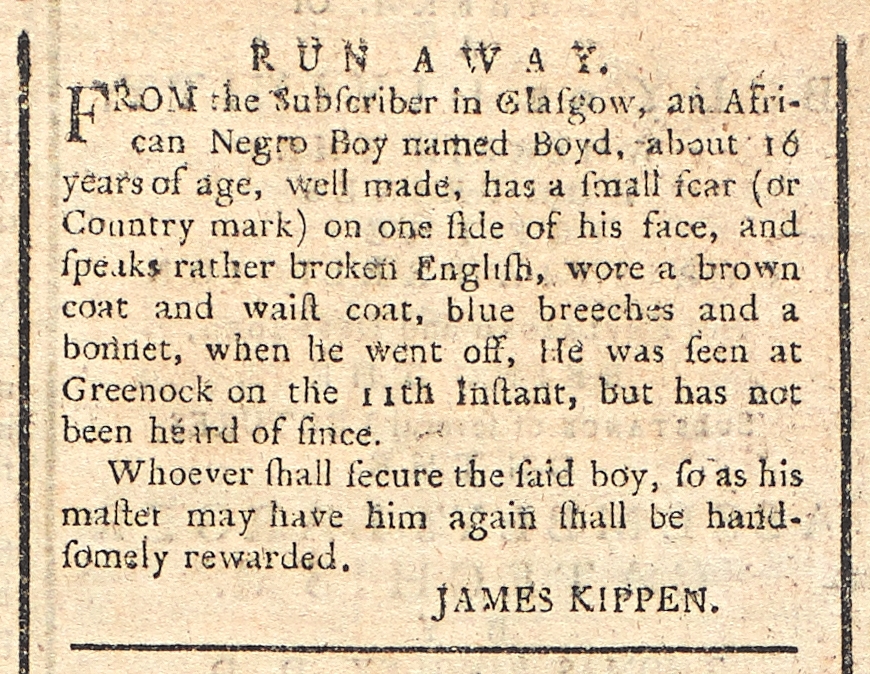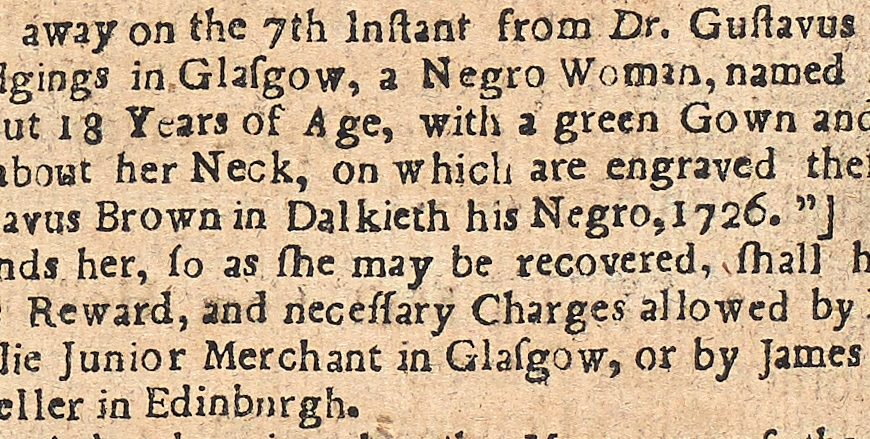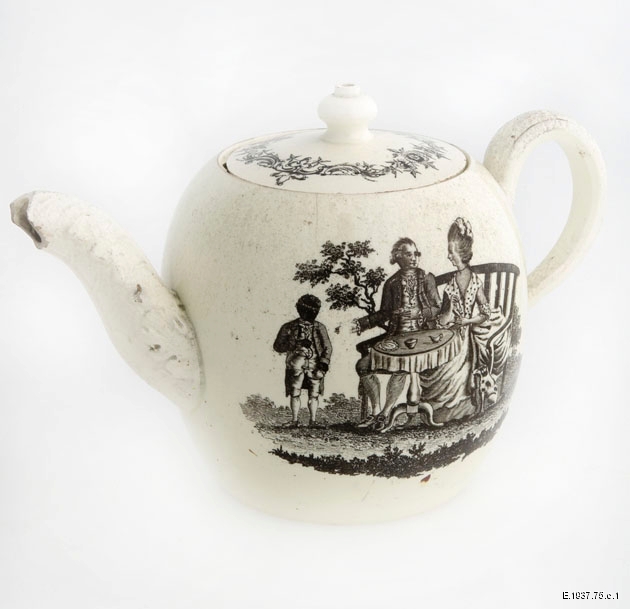
Ghosts: an impassioned call to remember
A unique, augmented reality experience will soon be available to experience in Glasgow. Audiences will be invited to download a bespoke app, to plug in their headphones, and immerse themselves in this poetic storytelling experience, where a young man in 18th Century Glasgow, leads us on an atmospheric journey of over 500 years of resistance through the streets of the Merchant City down to the … Continue reading Ghosts: an impassioned call to remember










